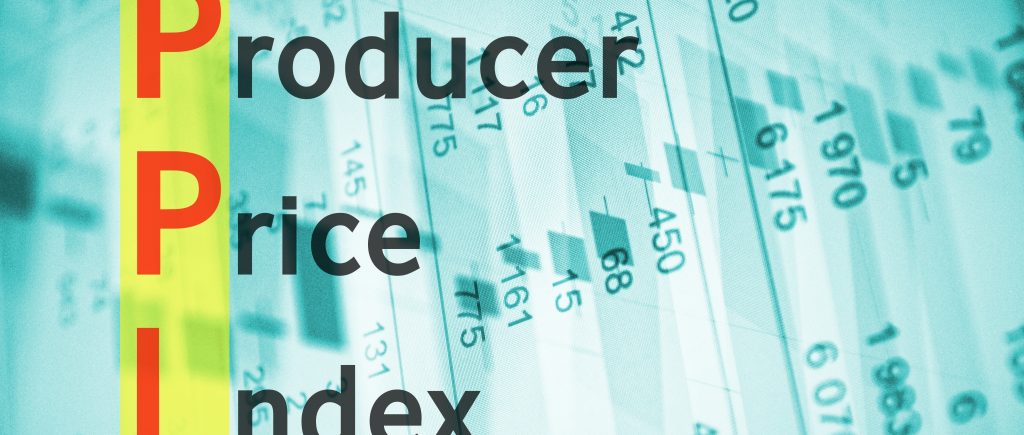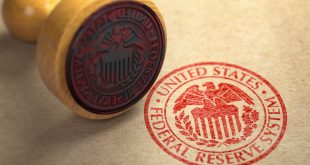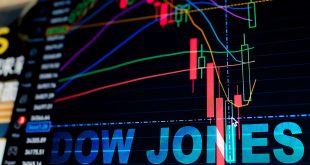President Donald Trump’s repeated demands for a September interest rate cut have hit a significant roadblock following the release of new data showing a sharp rise in July’s producer prices. The latest Producer Price Index (PPI) report, which measures the average change over time in the selling prices received by domestic producers for their output, indicates that inflationary pressures are mounting within the economy. This development complicates the Federal Reserve’s decision-making process and weakens the case for the very rate cuts the President has been demanding.
The U.S. Bureau of Labor Statistics reported that the PPI jumped by 0.9% in July on a monthly basis, a significant increase that was well above the consensus market expectation of 0.2% and marked the largest monthly gain since June 2022. On an annual basis, the PPI rose by 3.3%, also exceeding forecasts and signaling that price pressures are building at the producer level. Core PPI, which strips out volatile food and energy costs, also saw a notable annual increase of 3.7%, its highest rise since April 2021. These figures suggest that the much-anticipated effects of President Trump’s tariffs may be starting to work their way through the supply chain, a fear that has made the Fed cautious about lowering rates.
The new PPI data stands in stark contrast to the more favorable Consumer Price Index (CPI) report from earlier this month, which had fueled widespread optimism for a rate cut. The Federal Reserve, tasked with both controlling inflation and promoting maximum employment, now faces a serious dilemma. The central bank’s next meeting is scheduled for September 19, where it will have to weigh these conflicting economic signals. While a milder CPI suggested inflation was cooling, the hot PPI numbers imply that price increases for goods and services are still brewing and could eventually be passed on to consumers.
Despite the data, the White House remains confident in its economic policies. In a statement to Newsweek, spokesman Kush Desai argued that “the doom-and-gloom predictions of President Trump’s tariffs ratcheting up inflation continue to be proven flat-out wrong.” He pointed to the annualized consumer price index and core PPI figures since President Trump took office, suggesting that the administration’s policies have successfully tamed what he called “Joe Biden’s inflation crisis.” The administration’s position is that investments pouring into the US are laying the groundwork for a “long-term economic resurgence.”
However, many economists are more concerned. Chris Zaccarelli, chief investment officer for Northlight Asset Management, noted that the “large spike” in PPI “shows inflation is coursing through the economy, even if it hasn’t been felt by consumers yet.” Liz Thomas, head of investment strategy at SoFi, highlighted that the increase was driven by services and trade components, a point the Fed will not overlook. Christopher Rupkey, chief economist at fwdbonds, was even more direct, stating, “It will only be a matter of time before producers pass their higher tariff-related costs onto the backs of inflation-weary consumers.” As the Federal Open Market Committee prepares for its next meeting, these concerns will weigh heavily on their decision. The path to a rate cut seems less certain now than it did just a few days ago.

 Noor Trends News, Technical Analysis, Educational Tools and Recommendations
Noor Trends News, Technical Analysis, Educational Tools and Recommendations




